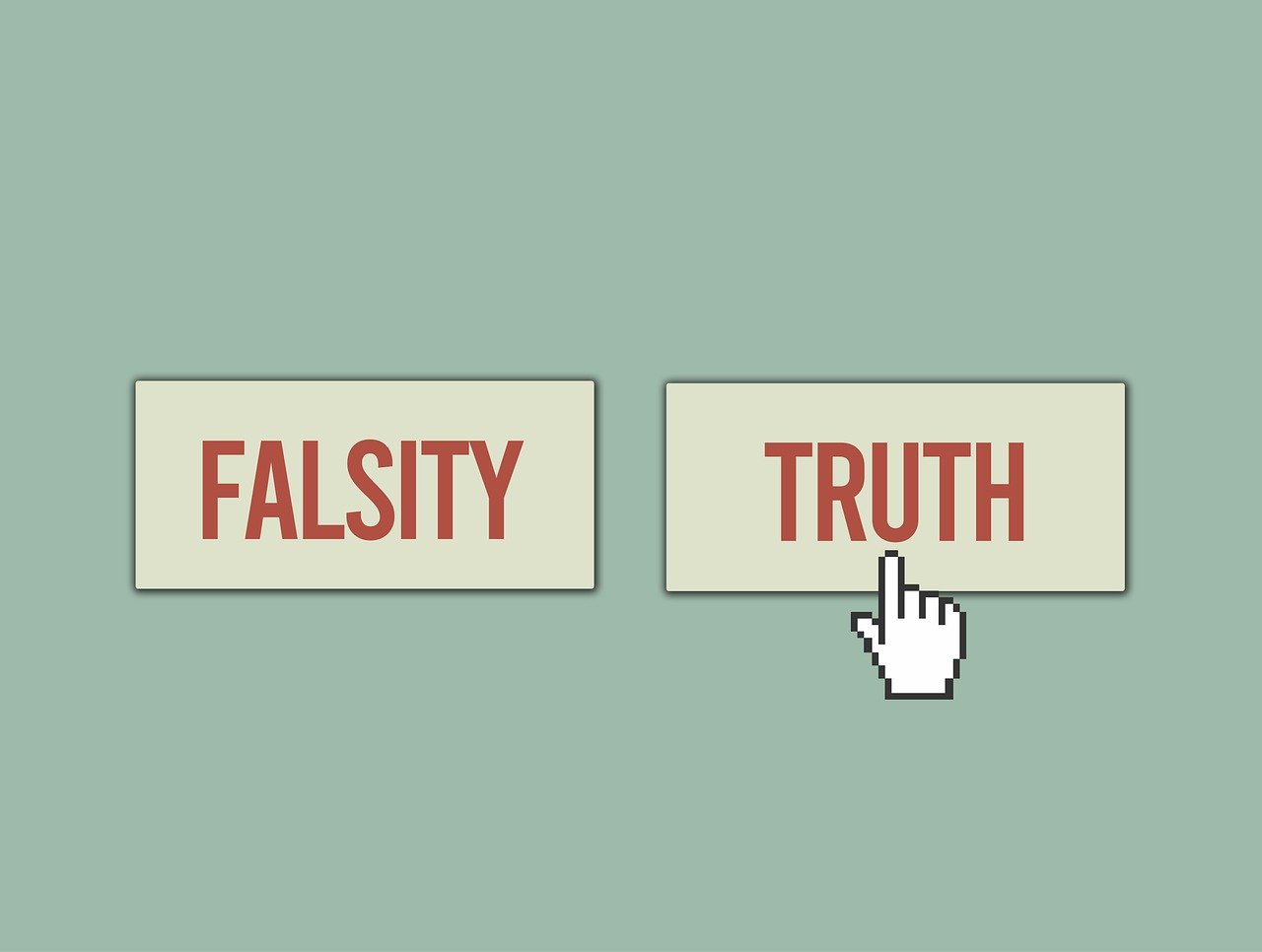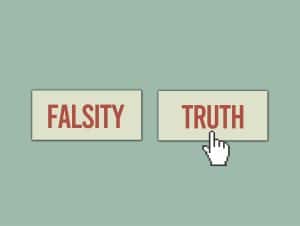What do you know about marketing? This article is here to help refresh or even jumpstart your knowledge of the marketing basics. We’ll cover what it means to market, the theoretical components of marketing, and key things you need to remember when developing your marketing strategy. We’ll also discuss practical considerations to make when performing Search Engine Optimization and when designing the layout and concept of your website. This article will help you grasp key marketing concepts and understand what targets you need to be hitting in order to develop an effective marketing strategy for your products and brand.
The Basics
Marketing has been around for a long time. As long as people have had something to sell or for others to see, they’ve been marketing. Here we will cover the basics of marketing in its entirety. These fundamentals break down the key idea of marketing; what you’re selling, where you’re selling, how you’re selling, and what you want in return. We’ll break down these four basic concepts and how they still apply to a rapidly changing digital marketplace.
Product
What are you selling? You can sell anything; whether it’s the most accessible product in the world or the biggest niche product on the market. What matters when marketing isn’t what the product is, but in your understanding of what it is and how you translate that to your customers. When searching for a product or service, each person has their own expectations of what that product or service should be. They have an idea of what it looks like, how it should work, and how easy it should be to use or enjoy. Similar rules also apply for services; with customers having pre-existing expectations for how long a service should take and what extras should come with it. When marketing your product or service, try to anticipate what your potential customers might be expecting. Craft the idea of your product, not just the physical product itself.
Price
How much does your product or service cost? Price is a very sensitive decision to make. You have to consider not only what it costs to make the thing and how much you need to make off of its sale, but you also have to consider what the competition charges and what your customers might be willing to pay for something like it.
Price isn’t just a number attached to an object; it is also a key component of marketing. A strategically determined price can be just as much of a tool as the promotion of an item or even the item itself. Strategies such as pricing items at .95 or listing items on sale can help move merchandise at key moments. Targeting price points that your competitors aren’t can also be an effective strategy to market your products and get a leg up on the competition.
Place
Where are you putting your product for sale? This question has taken on a whole new meaning in the digital age. Place isn’t just a matter of brick and mortar or spacing on shelves anymore. Placement is now a matter of what websites your business and products are being marketed on, as well as how you utilize your own website to advertise, sell, and complete transactions. With social media and search engine optimization, you have access to storefront space unlike anything available in generations before.
Promotion
Promotion is all about how you sell your product. What will you do to let people know about what you have to offer? Your product is the steak, your promotion is the sizzle. Promotion is all about getting not just the word out, but the idea as well. Promotion is how you convey what your product can do to make the lives of its users or owners better or more appealing. Promotion consists of what you say, how you say it, and how you change or amplify elements of the product, price, and place.
Marketing Your Brand
When thinking about your marketing strategy, it’s best to think of it in two key phases. Most importantly for small business and start-ups is how you choose to market your brand. Every time you market a product you are in turn marketing your brand, and the impressions that a customer has of your products will influence your brand. However, you can also build your brand outside of your product offerings. Every time you post to social media, create a blog post, or create something promotional for your business, you are building the brand.
When it comes to the long-term, brand recognition is what carries your business. A quality brand builds trust between the customer and your business. The more that your brand is trusted, the likelier customers are to repeat their transactions or come to you for further business needs. Marketing your brand and building your image comes heavily through your interaction with customers, whether they end up making a purchase then or not. Make sure that you put out digital materials such as social media posts and blogs to help establish what your business is about. Make sure to respond promptly to customer questions or concerns in order to help reinforce those ideas of friendliness and accessibility.
Marketing Your Products
A well marketed brand markets its products just by name alone, however, this is hardly enough promotion. As important as it is to think about every customer or social media interaction as part of your marketing strategy, you also need to understand the particulars of marketing your products and services. Social Media provides a massive array of options for you to put your products and services in front of a targeted audience. This means that you can pitch people who fit your target demographics directly and offer them solutions to real problems they might have. Make sure that dedicated marketing strategies are put in place to take your products into the world and the world wide web.
Social Media
Social Media is a marketing tool with near limitless potential. Social Media platforms such as Facebook and Twitter instantly connect you with billions of people across the globe. It allows you to create marketing strategies and ad campaigns tailored exactly to their wants and interests. It also allows you to interact with potential customers in real time. So whether you’re using it as a point of sale or the beginning of a sales funnel, it is a tool that you cannot afford not to be using. Social Media is a great place not only to get the word out about what you can offer, but to build a brand and a following around your products, services, and business as a whole.
Search Engine Rankings
Search Engine Rankings are another basic tool in the 21st century marketer’s belt. This is the order in which Google and similar search engines prioritize and display results for any given search. This can be a tougher nut to crack than building a social media following, however, it is not beyond what anyone is capable of doing with a little bit of time and research. Search Engines regularly update their standards, but these changing priorities are also made known so that you can tailor your content to meet the growing demands of mobile phones, voice search, and other advancements in artificial intelligence. Make sure you research the trends that Google is pursuing and adapt your marketing content to meet it.
SEO
Search Engine Optimization is the process through which you refine or tailor your content to meet search engine standards. This primarily applies to written content, but SEO can be performed on virtually any aspect of your website. This may be something such as making sure that your website has a mobile version that can be accessed on the go. It can also be something like adding links to your content so that users can find information on similar pages within your website or on pages from other websites. Search Engine Optimization is a vital part of any marketing plan because it helps you get your well-crafted content into the right places and in front of the right people.
The Sales Funnel
The Sales Funnel is another crucial element of any marketing plan. When developing your website, social media platforms, and pages; make sure to think of each of them as another step in the sales funnel. Your marketing strategies should be layered, creating multiple touch points that establish your brand and reinforce the need for your product. You don’t want to do your hard sell at every point of contact, but to use points of contact like ads and social media posts to lead customers to your website where they can learn more and (hopefully) purchase your products and services for themselves.
Conclusion
There are many different basics of marketing, and this article couldn’t cover them all if it were 10,000 words. However, this will hopefully give you an idea of what you hope to accomplish with a marketing plan and what some of the steps and techniques are to get your products in the right places, under the right price, and with the right promotion.
Featured Image:
Image by Joseph Mucira from Pixabay




















